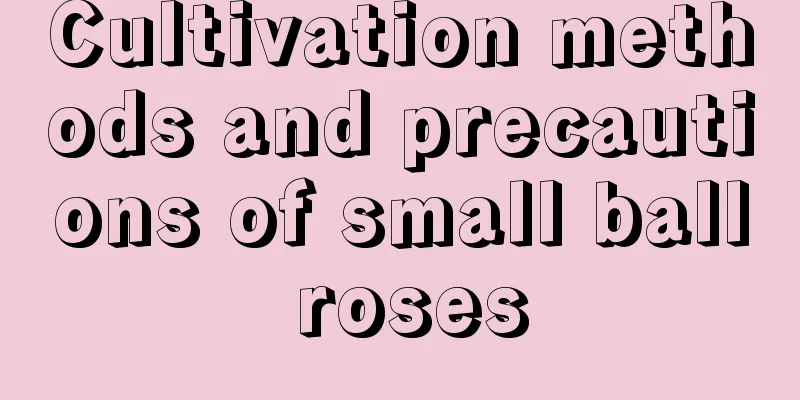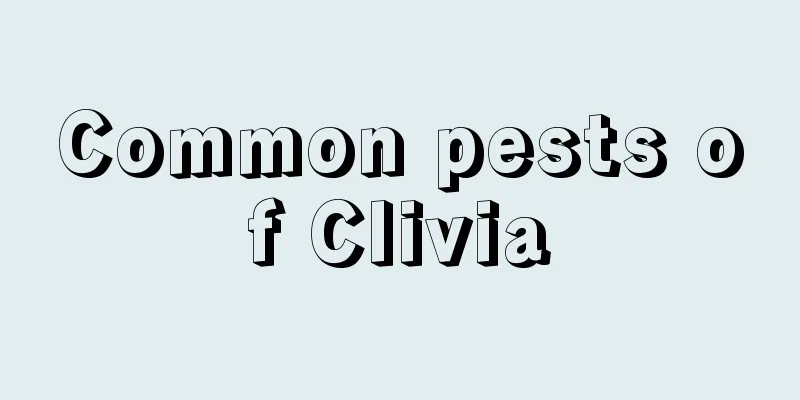What to do if black spots appear on the leaves of Allium orchid

Symptoms of Zephyranthes leaf spotBlack spots appear on the leaves of Allium orchid, which is what we often call leaf blight, also known as anthracnose, is a common disease of Allium orchid. In the early stage of the disease, reddish-brown spots or segments will appear on the plant, and finally it will turn black and curl up and die. When the lesions are severe, large areas of the leaves will appear with lesions, which look like they are burned from a distance. Onion leaf spot diseaseAllium leaf blight is mainly a bacterial disease. The bacteria will overwinter in the diseased leaves and begin to cause disease in the spring of the following year. The pathogen is mainly spread by wind and rain, and the disease may occur as long as there are wounds on the leaves. Leaf blight can occur multiple times during the growing season, with the most severe occurrences in May and June and some relief during the high temperatures of summer. Prevention and control methods of Allium leaf blightIncrease maintenance and plan everything before planting. Choose fertile, well-drained soil. The distance between plants should be moderate to ensure sufficient light transmittance and ventilation. When applying fertilizer, be careful to apply thin fertilizers frequently and avoid dirtying the leaves. Appropriate amounts of phosphorus and potassium fertilizers should be applied to enhance the plant's disease resistance. In autumn, pruning should be combined to clean the forest in time with dead stems and leaves, and fungicides should be sprayed to take preventive measures. Spray the pesticide in time when the disease occurs to achieve effective prevention and control. Commonly used pesticides include thiophanate-methyl and thiram, which are sprayed once every 10 to 15 days. Spraying continuously for about 3 times can effectively control the occurrence of the disease. |
<<: Diseases and pests of Polygonum multiflorum and their control methods
>>: Gladiolus diseases and prevention methods
Recommend
What should I do if the leaves of Catharanthus roseus wilt?
One of the reasons for wilting is potted transpla...
How to prune peonies
1. How to trim 1. The best time for the first pru...
How to propagate Dendrobium chrysotoxum
1. Method of bud division This method is more app...
How to breed winter beauty and what to pay attention to
Winter Beauty Reproduction Method Winter Beauty c...
What to do if spiderwort drops leaves
Improper watering When growing spiderwort, the re...
Lavender Flower Language
1. Flower Language Its flower language is a littl...
Taboos of drinking forget-me-not tea
Avoid excessive drinking Although forget-me-not h...
How to water the gourd
Importance of watering for gourds The growth rate...
Can aloe vera be planted in the ground?
Can aloe vera be planted in the ground? Aloe vera...
How to grow water hyacinth?
Water hyacinth , also known as water hyacinth, is...
Cultivation method of horse silver flower
1. Soil When growing horse silver flower, you mus...
How to keep potted flowers warm in winter
1. About fertilization and watering: If you want ...
The correct way to water the fortune tree, how often to water the fortune tree
1. Watering method The money tree likes to grow i...
Can potassium dihydrogen phosphate make leaves green (can spraying potassium dihydrogen phosphate cure yellow leaves)
Can potassium dihydrogen phosphate cure yellow le...
Should I use a large or small pot for growing coleus?
Should I use a large or small pot for coleus? Pla...









